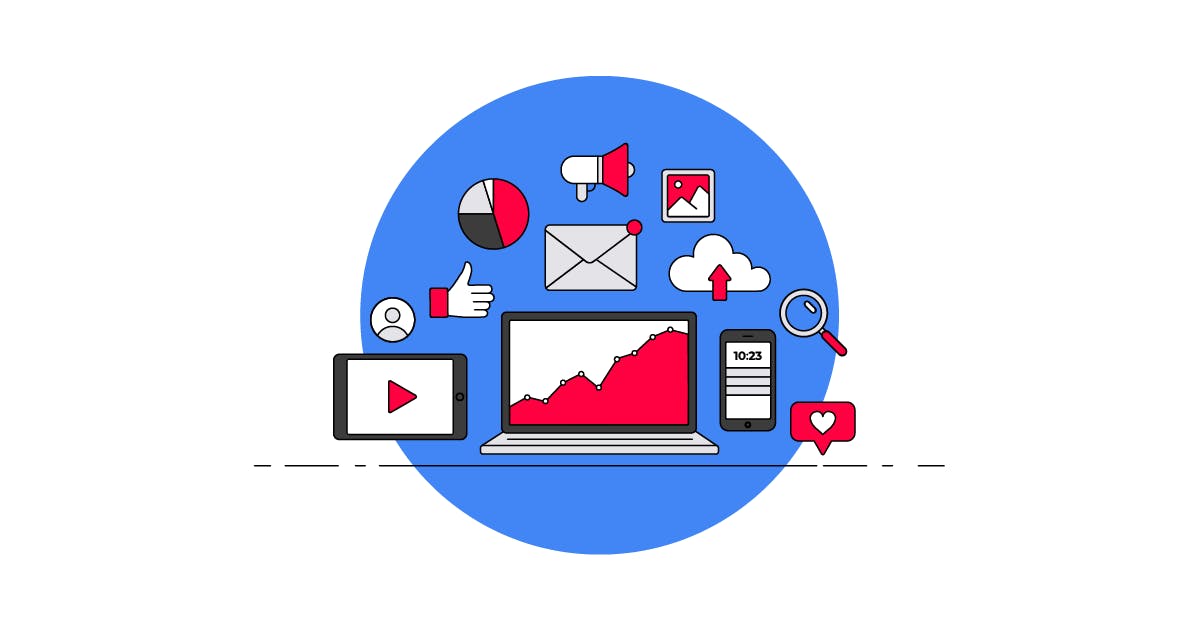According to a new study published by MarTech Today, a whopping 83% of the organizations it polled upgraded or replaced at least one martech application in the past year.
Organizations are upgrading or replacing both homegrown and commercial applications at an almost equal clip and this activity is not limited to non-mission critical applications. In fact, the most common changes were made to critical systems, such as CRM, analytics/BI and marketing automation and, which accounted for 18%, 18% and 21% of changes, respectively.
Systems in place for three to five years are the most frequently replaced. When homegrown applications are replaced, it is usually the result of a commercial application offering better features. This is the reason cited in almost half (49%) of cases. When commercial applications are replaced, better features, better and easier integration, and lower cost were equally cited as the primary reason.
Among the features that are most attractive when choosing to upgrade or replace a martech application, ROI measurement, compliance and data management capabilities topped the list.
Econsultancy’s Martech Glossary
Obviously, the proliferation of martech solutions presents both opportunities and challenges. Here’s the good, the bad and the ugly about the current environment.
The good
In today’s ultra-competitive markets, organizations cannot afford to be held back by outdated technology and the fact that so many organizations are willing to take advantage of the growing number of martech solutions available in the market is certainly a good thing. It reflects the fact organizations are refusing to give in to inertia and/or fear of change.
What’s more, MarTech Today found that the vast majority of organizations approve an upgrade with six months or less of consideration, demonstrating that they are able to move relatively quickly, a necessity given the fast pace of change in markets today.
The bad
Obviously, replacing applications, especially mission-critical ones, can bring with it numerous headaches. For instance, integrating a new martech solution can be a significant undertaking. Additionally, migrating data from a legacy solution can be complicated if not a downright nightmare.
In many cases, the full extent of the challenges associated with a major change to an organization’s martech stack won’t be immediately known and thus selection decisions won’t contemplate them, increasing the risk that the implementation of a new martech solution will cost more, take longer and be less successful than anticipated.
The ugly
Martech applications, no matter how good, aren’t magical and their effectiveness will be based in large part on the ability of an organization’s staff to put them to good use.
MarTech Today says that “martech specialists need to develop transferable skills that enable them to work across different platforms to achieve business goals” but this is typically much easier said than done. In practice, few if any marketing professionals can claim to be well-versed in all of the martech solutions that exist. Even those capable of learning quickly won’t be able to achieve overnight mastery of a new application, especially given how robust solutions today often are.
As such, organizations face a very difficult balancing act. On one hand, they have strong incentives to ensure that their martech stacks don’t become outdated. On the other hand, their ability to take advantage of the capabilities of the martech solutions they adopt will be limited by the knowledge and experience of their staff with those specific solutions.
In short, the turnover in organizations’ martech stack presents a host of significant new human resources challenges in a market in which it is already difficult to find qualified staff.







